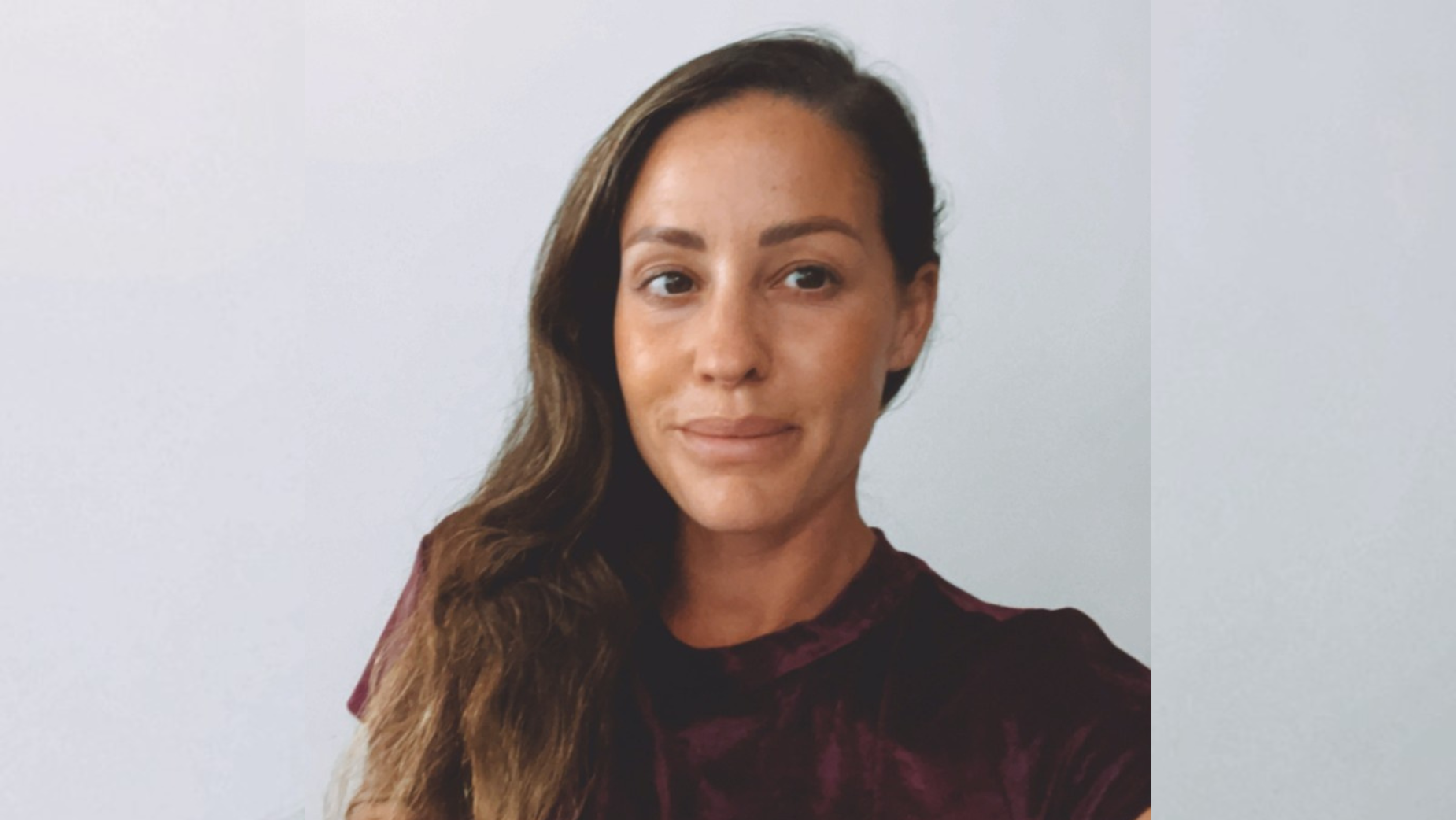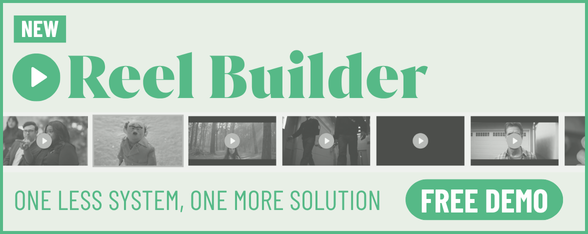
Creativity Squared: Why For Marion Brown Creativity is Universal

Marion Brown is a seasoned copywriter and storyteller with over eight years of experience crafting compelling narratives for brands across diverse industries. From spearheading innovative campaigns for JPMorganChase to launching cutting-edge tech products, Marion has a knack for turning complex ideas into engaging stories.
Based in sunny Hermosa Beach, she brings a data-driven approach to her creative work, balancing strategic thinking with a flair for the unexpected. When she's not weaving words, you'll likely find Marion on her yoga mat, finding inspiration in the balance and flow that mirror her approach to copywriting.
Person
In the corner of the office in my apartment stands a bookcase, a perfect metaphor for my creative self. Four levels of meticulously colour-coordinated books line each shelf, yet the front of each tells a different story –– piles of books scattered haphazardly. It’s organised chaos.
I’ve come to view creativity in the same duality, a yin-yang where opposing forces are interconnected. This idea shapes how I work and how I see the world.
I think it started because I’m an identical twin. Growing up as one-half of a whole, people saw me as “the outgoing one” and my sister as “the quiet one.” But as I grew older, I realised it wasn’t that black and white. Like the yin-yang symbol, we each had elements of both traits, complementing each other in numerous ways.
Another duality of mine is that I’m an ambivert –– I get energy from both alone time and being with others. This helps me in my creative work, letting me think deeply on my own while also working well with others.
Creativity, to me, is universal –– it’s only the expression that varies. Everything from crafting an incredible spreadsheet to motherhood has a place in the definition of creativity. The key is recognising and nurturing your unique form of it.
As a copywriter, language is my primary medium. Yet my passion for storytelling extends beyond words, overflowing into photography, film, and even my ever-growing collection of tarot cards. I believe anything can offer you a new lens into the realm of creativity.

Product
My view on what makes something creative has changed over time. I used to think it was all about being clever and making a big splash. Now, I see the value in subtle ideas that really touch people.
When I look at creative work, I think about it in multiple layers: external, internal, and societal. Timing is really important. Something that works well today might not have worked a year ago. Great creative work uses society's current narrative to highlight its work in smart and novel ways.
I experienced this firsthand with a recent direct mail piece I worked on for a campaign at Quigley-Simpson. It was my first DM project, and seeing it come to life in the real world was really fun to see and to hold. What made it special wasn’t just the clever copy or eye-catching design, but how it resonated with our audience at that specific moment. At the time, these DM pieces were their most impactful from an acquisition standpoint. It taught me the power of connecting with people through tangible, personalised experiences in an increasingly digital world.
This project also showed me how different mediums can spark creativity in unique ways. While digital campaigns offer immediate feedback, there’s something magical about crafting a physical piece that lands in someone’s mailbox. It challenged me to think about how the tactile experience could enhance the message and create a lasting impression.
In the end, what matters most is how creative work makes people feel. Does it change how they think or see the world? We need to be flexible in how we judge creativity, especially as the world keeps changing.
Process
My approach to creative work resembles an inverted triangle. It begins with wide-open brainstorming, gathering ideas from diverse sources –– from the books in my office to Pinterest and TikTok. This initial stage is about quantity over quality, welcoming all ideas, no matter how outlandish.
After this brain dump, I sift through the pile, narrowing things down until I hit on something simple but strong. It’s important to get the basics right before making things fancy.
As an ambivert, I start my brainstorming solo. I often flip through my “creative journal” –– a collection of random words, funny observations, and odd situations throughout my days. Once I've got some ideas brewing, I’m ready to bounce them off others, bridging my introverted and extroverted tendencies.
When I hit a creative wall, I don’t force it. Instead, I’ll read a book, walk my dog, or start writing stream-of-consciousness. It’s about giving my brain a chance to reset and find new connections.
In advertising, deadlines often determine when a project is “done.” While the urge to tinker is strong, there comes a point where you must let your work fly free in the world. This balance between perfection and practicality is a crucial skill in this industry.

Press
My love for storytelling and writing began in a second-grade classroom. A simple book-making project ignited my passion for storytelling, resulting in about 30 little works filled with my imagination. Two have even made their way across the country to live in my bookshelf — my favorite being about a kingdom made entirely of letters. (If you’re curious…yes, everyone lives happily ever after.)
But it wasn't until college that I fully immersed myself in storytelling and copywriting. Since then, I’ve found that being surrounded by books and reading is what keeps me feeling my most creative.
The right environment is key for my creativity. A calm workspace with lo-fi music –– those YouTube channels with cute, repeating animations –– helps me focus and sets the right mood.

In the work world it’s important to create a space where all ideas are welcome. This reminds me of the "Fool" in tarot –– my favourite card. While often viewed negatively, the "Fool" represents the courage to take risks. Some of the best ideas sound weird initially, and a culture quick to dismiss unconventional thoughts might miss out on ground-breaking ideas.

My advice to clients? Give creatives clear direction, but be open to ideas that might seem off-track at first. Creativity needs both structure and freedom. It’s like the yin-yang symbol we talked about earlier –– a perfect balance of opposites. When you find the right harmony between guidance and openness, that’s when the best work happens. Ultimately, this duality in the creative process mirrors the interconnected nature of creativity itself, bringing us full circle in my belief in creativity and what makes great ideas come to life.












